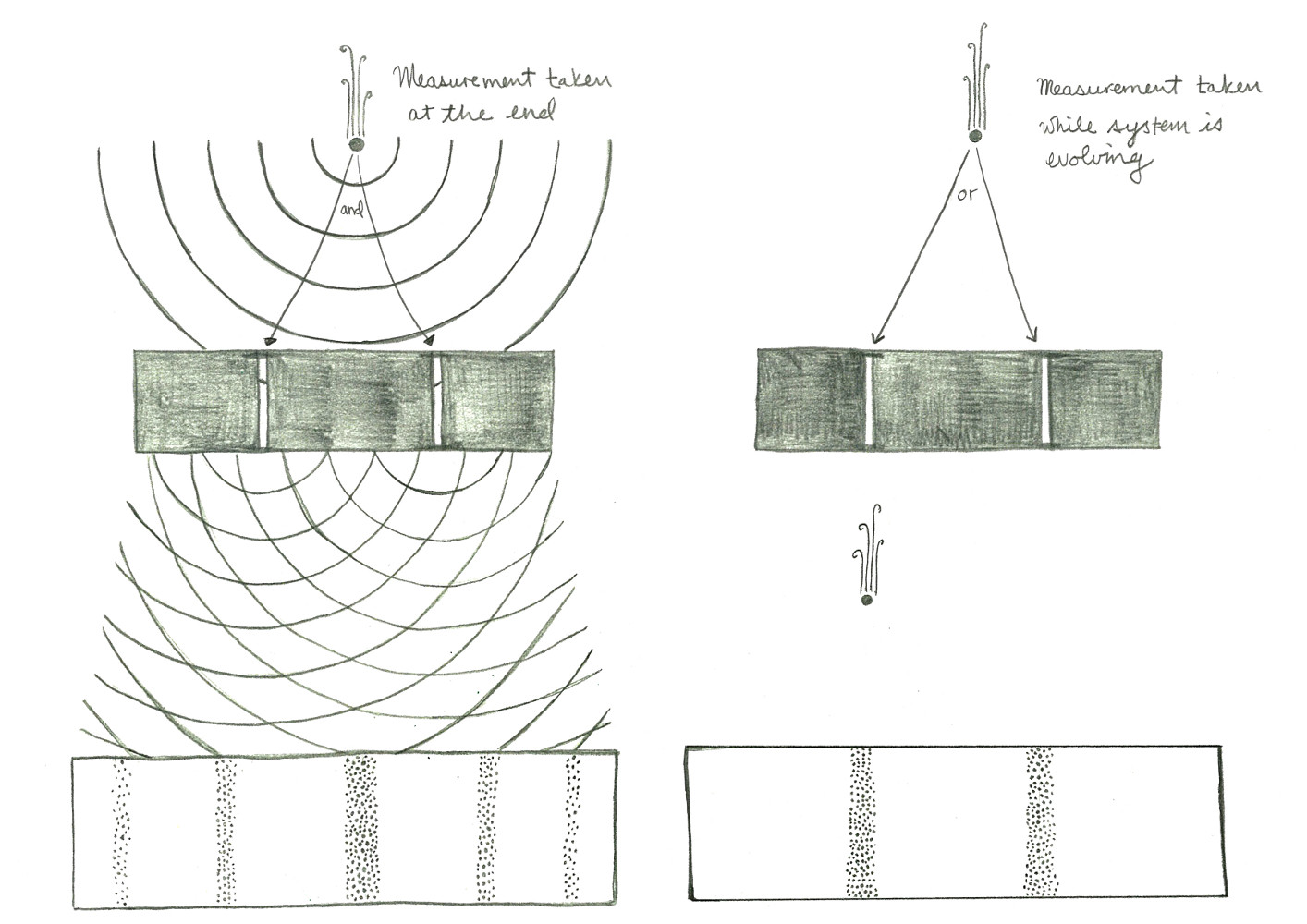Unveiling the Mystery: How Does the Observer Effect Influence the Double-Slit Experiment?

How does the application of the wave function collapse, as dictated by the observer effect, influence the outcome of the double-slit experiment in quantum mechanics?
The double-slit experiment is a cornerstone of quantum mechanics, demonstrating the wave-particle duality of light and the strange phenomenon known as the observer effect. But how exactly does the act of observation, linked to the collapse of the wave function, influence the outcome of the experiment?
Advertisement
Understanding the Wave Function and Its Collapse
Advertisement
In the quantum world, particles don't exist in a single, definite state. Instead, they are described by a wave function, a mathematical representation of their probability of being in various locations or states. The observer effect suggests that when we measure a quantum system (like a photon passing through the slits), the wave function collapses, forcing the particle to take on a specific state (like hitting a particular spot on the detector screen).
Advertisement
The Double-Slit Experiment: A Wave-Particle Duality Showcase
Advertisement
Imagine firing electrons (or photons) towards a barrier with two slits. According to classical physics, we'd expect two distinct bands of light on the detector screen behind the barrier – one for each slit. However, the double-slit experiment reveals an interference pattern – a series of bright and dark fringes – indicating wave-like behavior.
So, How Does Observation Play a Role?
Here's the twist: if we place a detector to pinpoint which slit the particle goes through, the interference pattern vanishes! The wave function collapses, and the particle behaves as a localized particle, registering a single slit on the detector. This implies that the act of observation itself forces the wave function to collapse, altering the outcome of the experiment.
Interpretations Abound: What Does Collapse Really Mean?
The observer effect in the double-slit experiment remains a topic of debate. The Copenhagen Interpretation suggests a real collapse occurs during measurement. However, other interpretations, like the Many-Worlds Interpretation, propose that the wave function doesn't truly collapse. Instead, the act of observation simply "entangles" the observer with the observed system, causing a branching into multiple realities where the particle goes through one slit or the other in each reality.
The Double-Slit Experiment and Observer Effect: FAQs